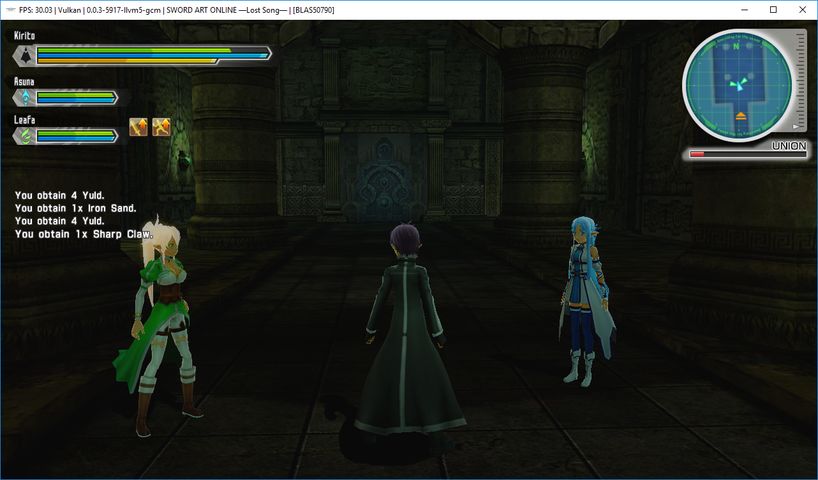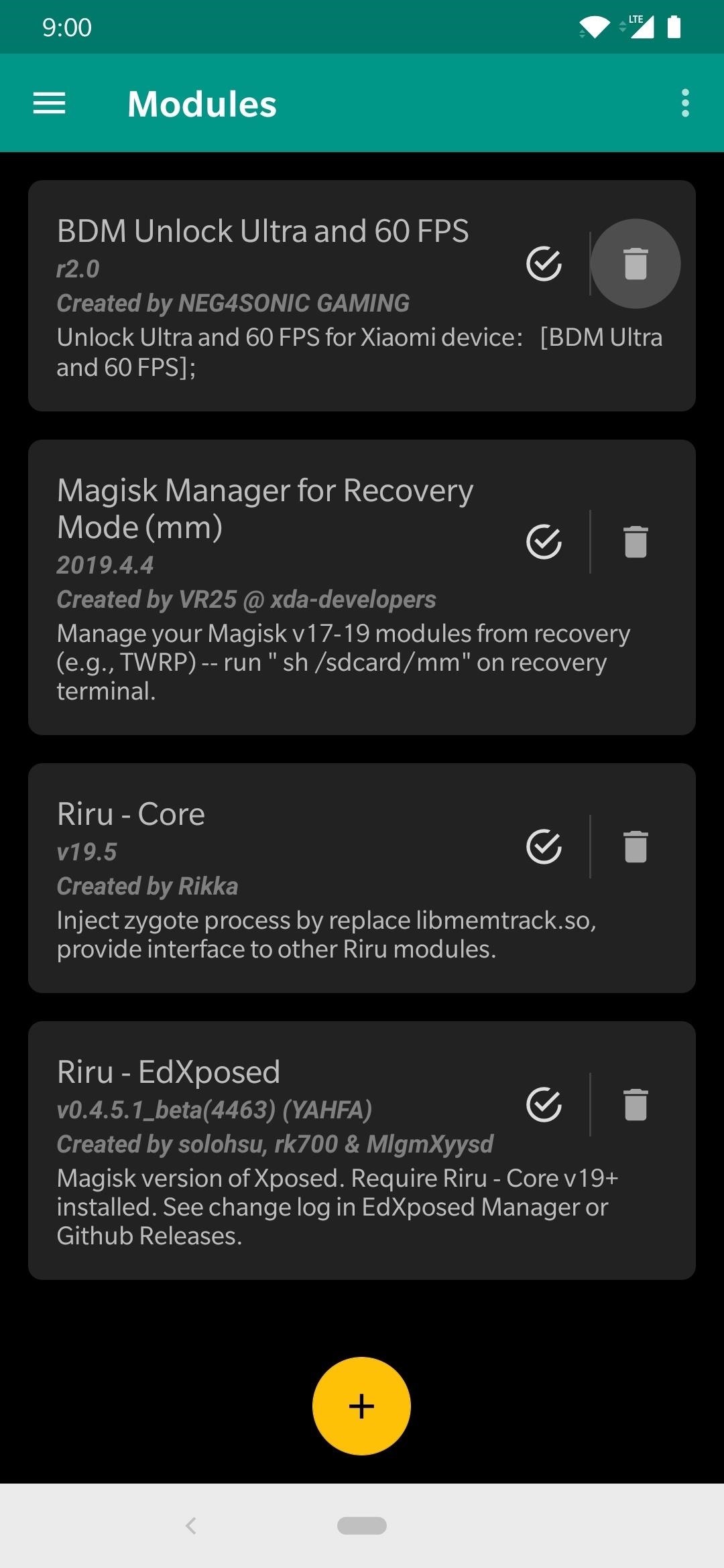
If the game isn't done processing a frame in 16ms - as if often the case with Killzone - the game waits until the next 16ms refresh. This ties the game update to the refresh of the display, so frames can only arrive at distinct 16ms intervals. However, part of the problem with this is the implementation of v-sync. Guerrilla's idea is to produce as responsive a game as possible - the sooner your input is registered, the more quickly the result is put on-screen. Killzone Shadow Fall is our first subject - a PS4 launch title that processes frames as quickly as the console can produce them. However, by looking at key titles, we can build up a picture of what works for us, which perhaps puts some of our tech analysis pieces on specific games into context. Different games target different experiences with different priorities, and gamers themselves have their own personal opinions on what works best. The short response is that there is no definitive answer. So the question is, should console titles be allowed to operate at their absolute fastest? Or should performance be capped in order to enforce the kind of consistency that Paul Rustchynsky talks about? Logically speaking, more frames should equal smoother motion and decreased input latency, but that's not necessarily true in all cases.

However, on next-gen consoles we've seen a few games take a different approach by operating with a completely unlocked frame-rate instead. The idea is simple: a locked frame-rate produces steady input and consistent visual feedback, allowing a stable experience across the board. We chose a locked frame-rate for this very reason and with 30fps we don't have to hold back any of the obsessive visual detail." "It's vital that every controller input you make is consistent and also equal for all drivers.

"Whether it's 30fps or 60fps," he suggested.

DriveClub director Paul Rustchynsky recently claimed that "the most important thing for a racing game is a locked frame-rate".


 0 kommentar(er)
0 kommentar(er)
